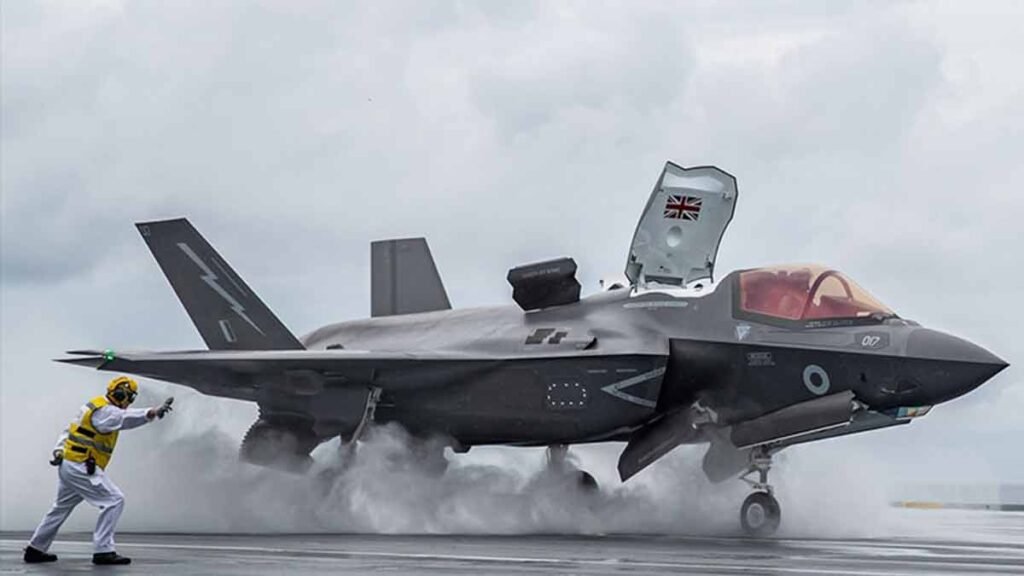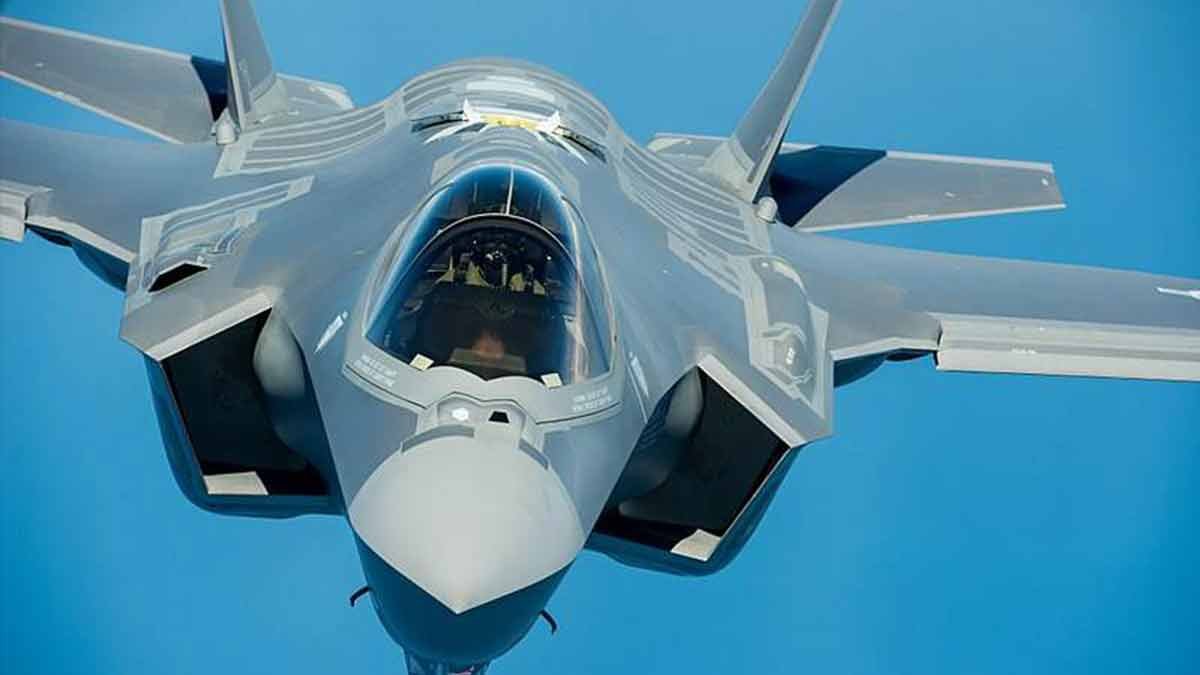F-35 Lightning II Fifth-Generation Fighter
The F-35 Lightning II is a fifth-generation, multi-role fighter aircraft that was developed by Lockheed Martin as part of the Joint Strike Fighter (JSF) program. The F-35 is designed to be a versatile aircraft that can perform a variety of missions, including air-to-air combat, air-to-ground strike, and intelligence, surveillance, and reconnaissance (ISR). It is intended to replace a number of older aircraft, including the F-16 Fighting Falcon and the A-10 Thunderbolt II, in the militaries of the United States and other countries.
One of the key features of the F-35 is its advanced stealth capabilities, which allow it to evade detection by radar and other sensors. The aircraft’s stealth design incorporates a number of features that reduce its radar cross-section (RCS), including shaping that deflect radar waves, radar-absorbing materials, and cooling systems that minimize the heat signature of the aircraft. The F-35 is also equipped with a number of advanced sensors and avionics, including an active electronically scanned array (AESA) radar, a helmet-mounted display, and a data link that allows the aircraft to share information with other platforms in real-time.
The F-35 is powered by a single Pratt & Whitney F135 engine, which is capable of producing over 40,000 pounds of thrust. The aircraft has a top speed of over 1,200 mph and is able to fly at altitudes of up to 50,000 feet. It is armed with a variety of weapons, including air-to-air missiles, air-to-ground missiles, and bombs, and is able to carry a wide range of payloads, including electronic warfare systems, reconnaissance pods, and other specialized equipment.

The F-35 program has faced a number of challenges and controversies since its inception. The aircraft has been criticized for its high cost, with estimates of the total cost of the program ranging from $1.5 trillion to over $2 trillion. The program has also been beset by delays and cost overruns, with the initial operational capability (IOC) date being pushed back multiple times. There have also been concerns about the reliability and operational effectiveness of the aircraft, with some reports suggesting that it has experienced a number of problems in testing and training.
Despite these challenges, the F-35 has made significant progress in recent years and is now in service with a number of countries around the world. The United States military is the largest operator of the F-35, with over 500 aircraft in service as of 2021. The aircraft has also been purchased by a number of other countries, including the United Kingdom, Australia, Italy, and several others. The F-35 has seen combat in a number of conflicts, including in Syria, Iraq, and Afghanistan, and has been praised for its performance in these operations.

Overall, the F-35 Lightning II is a complex and controversial aircraft that has garnered attention from military experts and the general public alike. As one of the most advanced fighter jets in the world, it will likely continue to play a significant role in the military capabilities of the countries that operate it for many years to come. While the program has faced its share of challenges, the F-35 has proven to be a capable and effective platform that is able to perform a wide range of missions in a variety of different environments.
Stay connected with us for the latest updates. Follow us on Facebook and Twitter.











